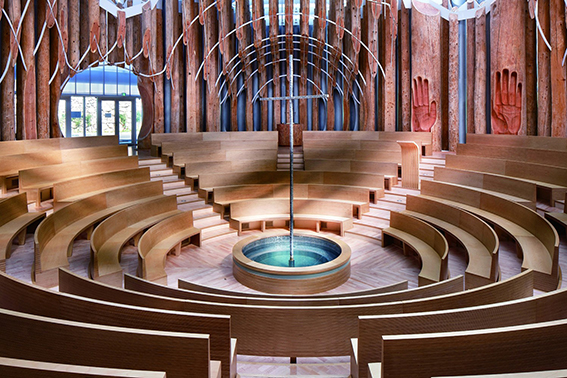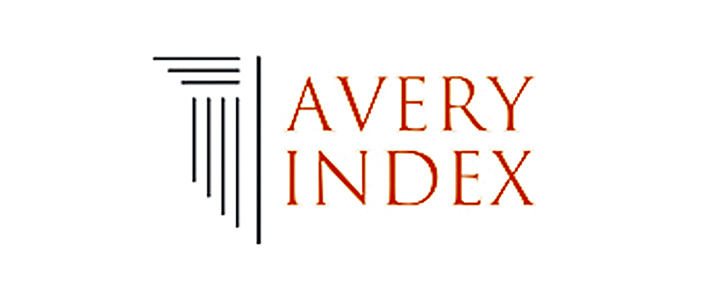Christian religious architecture in South Korea
A dialogue between tradition and innovation
DOI:
https://doi.org/10.17979/aarc.2022.9.0.9346Keywords:
Sacred Architecture, South Korea, Hanok, Tradition, Christianity in South KoreaAbstract
The first Christian temples in Korea were built on the basis of traditional architecture, and were mainly influenced by the architectural and construction concept of the 'hanok' (traditional Korean house). This architectural and construction principle aims to adapt the building to the natural environment, as well as to the entry of sunlight. Early religious architecture, mainly Protestant, was also characterized by a spatial organization that reflected the Korean culture of distinction between men and women. This article, in addition to presenting some of the principles that formulated South Korean Christian religious architecture, aims to point out in contemporary production the dialogue between traditional principles and new approaches to worship space.
Downloads
Metrics
References
Bermúdez, Julio. 2015. «¿Trascendiendo la arquitectura o arquitectura trascendente?». Actas de Arquitectura Religiosa Contemporánea 4: 186-193. https://doi.org/10.17979/aarc.2015.4.0.5132
Eunseok, Lee y Seoinn Design Group. 2021. «Saemoonan Church». ArchDaily (17 de mayo). Consultado el 30/10/2021, https://bit.ly/3o735Ax
García Lozano, R. Ángel. 2007. «Templo y ciudad: La misión de la arquitectura religiosa contemporánea». Actas de Arquitectura Religiosa Contemporánea 1: 234-241. https://doi.org/10.17979/aarc.2007.1.0.5026
Guardini, Romano. 2021. O fim dos tempos modernos. Brasilia: Academia Monergista.
Heidegger, Martin. 1954. Construir, habitar, pensar. Bauen, Wohnen, Denken. Consultado el 30/10/2021, https://bit.ly/3ESsAP9
IISAC/Shinslab architecture. 2015. «Iglesia Luz de Vida / Shinslab architecture + IISAC». ArchDaily (3 de enero). Consultado el 30/10/2021, https://bit.ly/3D9nrxg
Jongsang, Oh. 2017. «Woori Vision Church». ArchDaily (6 de enero). Consultado el 01/10/2022, https://bit.ly/3Mqt0ha
Jongsang, Oh. 2018. «Dongsan Church». ArchDaily (9 de mayo). Consultado el 01/10/2022, https://bit.ly/3RU0Ex6
Kim, Chang-Sung. 2019. «An Analysis on the Spatial Characteristics and Light in the Churches Designed by Kim, Swoo Geun». The International Journal of The Korea Institute of Ecological Architecture and Environment 18: 47-54.
Norberg-Schulz, Christian. 2008. «O pensamento de Heidegger sobre arquitectura». En Uma nova agenda para a arquitectura, editado por Kate Nesbitt, 461-74. São Paulo: Cosac Naify.
So, John. 2019. «The Origin of Korean Church Architecture». Religion and the Arts 23/3: 217-239. https://doi.org/10.1163/15685292-02303002
















